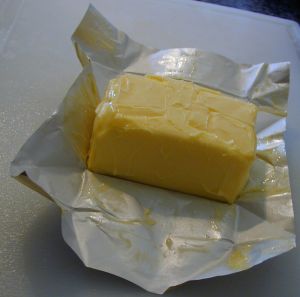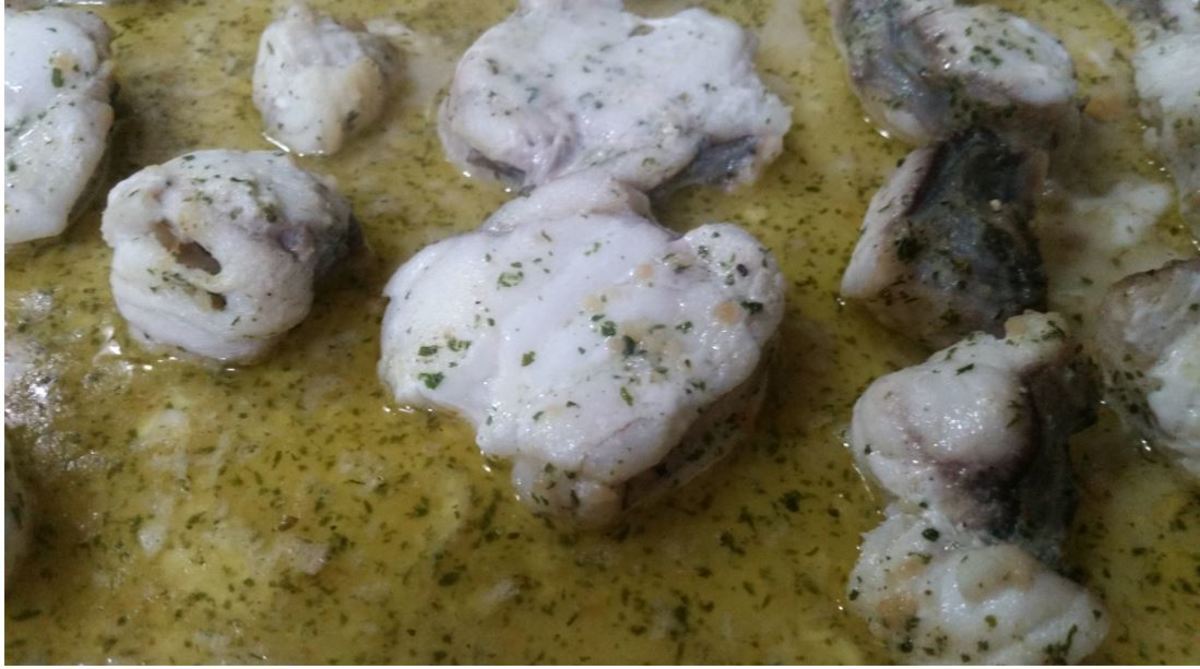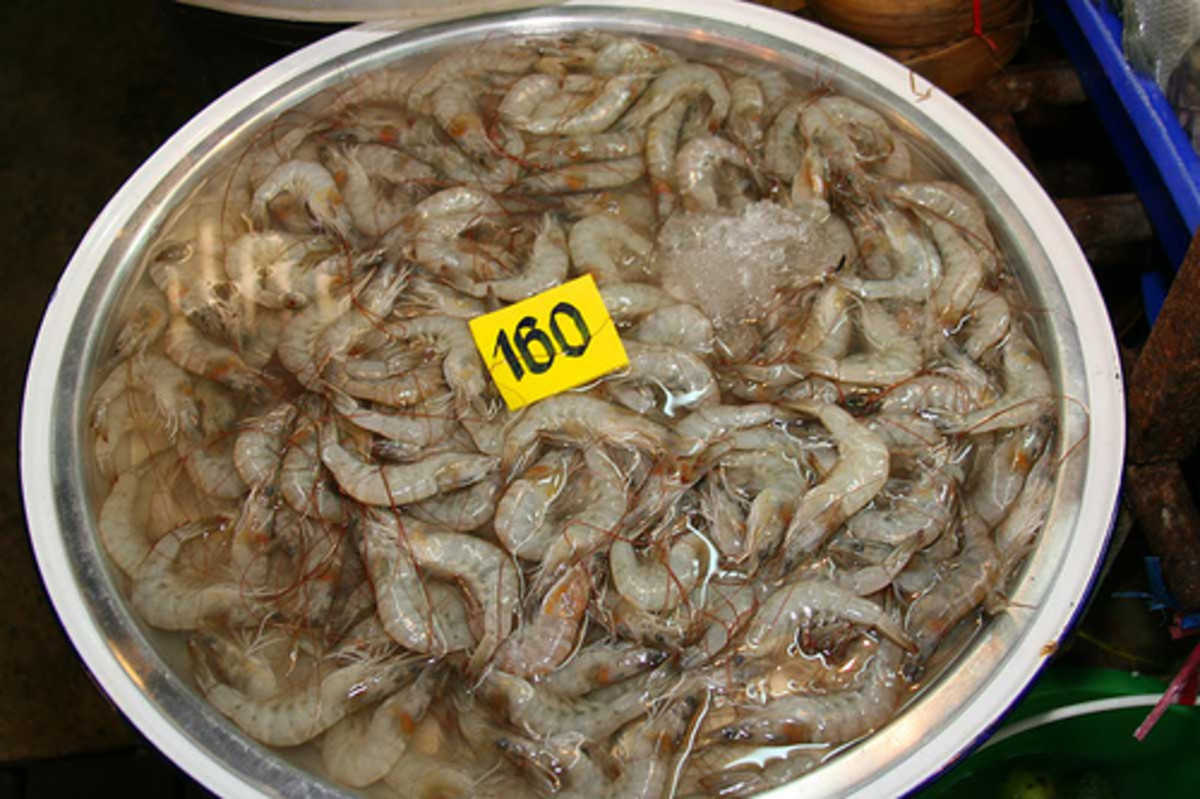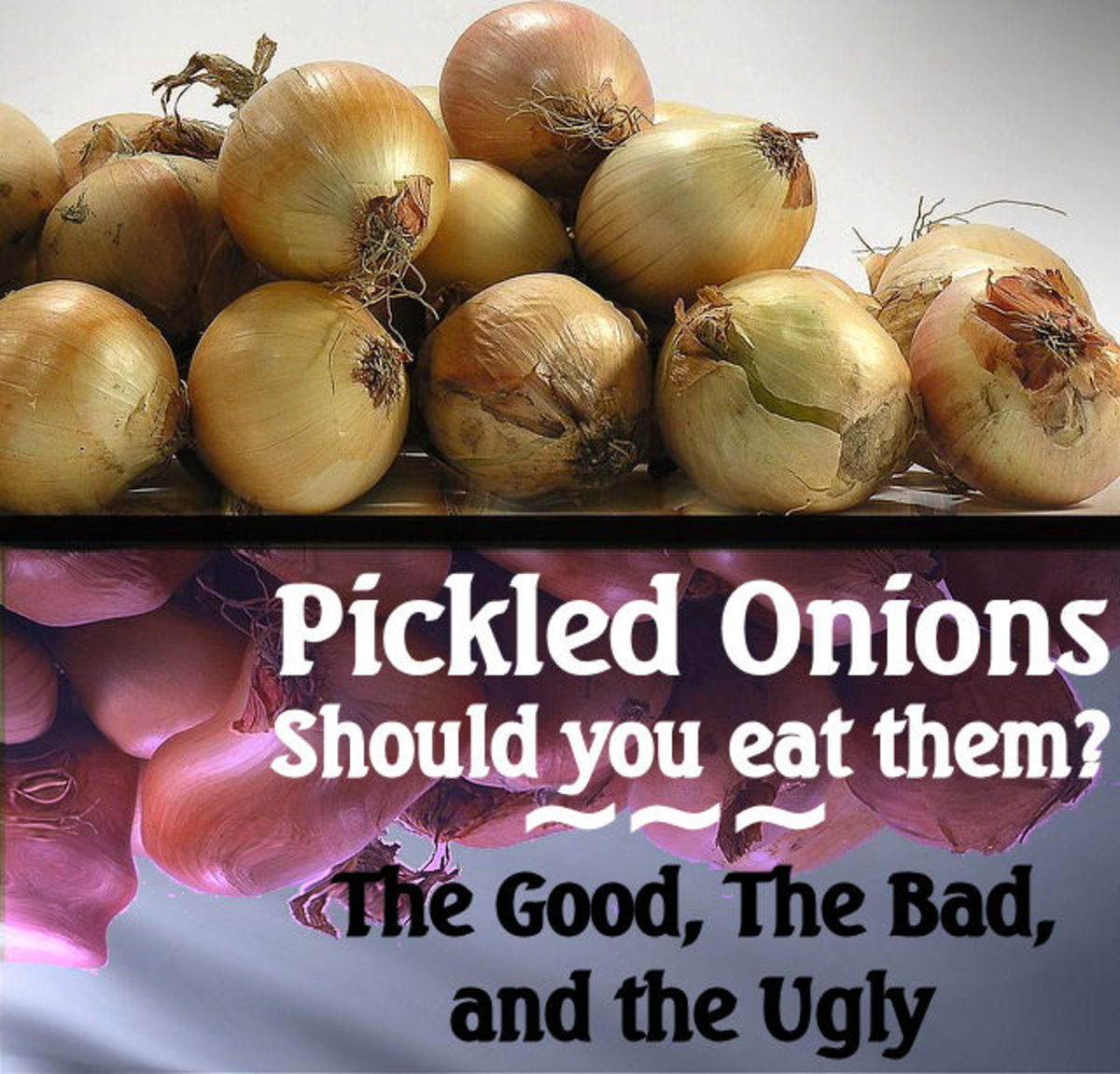Fats and Their Uses
Butter, Fats and Oils
Without fats and oils, cooking would be a poor, dry affair. All the lovely cakes, pastries, doughnuts, pancakes, fritters and even chips would be seen no more. And where would we be without oil to make an aromatic vinaigrette for salad or fresh golden butter to spread on crisp new bread?
Oils and fats have an important part to play in all aspects of cookery and if the food you prepare is to taste really good, it is helpful to know which oil or fat to choose from the bewildering choice sold commercially. Here is a list of what is available and an explanation when you really must use the best butter or olive oil and when margarine or second-grade oil will do. There is also a step-by-step guide to show you how to make plain bread and butter look interesting, and economical hints on how to render down meat fat, clarify butter plus simple but effective butter sauces to make.

Butter
Think of a piping hot slice of crisp toast topped with deliciously dripping butter and you'll realize why butter is the best-loved of all culinary fats. Butter has been known in cooking since Old Testament times and is thought to have come to the West via India. It is made when cream is agitated so that globules of butter fat coagulate to form butter. The butter is pressed to extract water, salted if required and then packed. Only cow's milk contains enough butter fat for commercial butter production.
The flavor of butter depends on whether it is salted or unsalted. Salted butter is deep yellow in color and has a pronounced flavor.
Unsalted butter is pale and creamy.
Taste is also affected by whether the butter is made by the sweet-cream or the lactic method. Butter made by the sweet-cream method is made from fresh cream. Butter made by the lactic method is made from ripe or slightly sour cream. Lactic butters have a slightly creamier flavor than sweet-cream butters and usually cost slightly more. Butter made in the United Kingdom, Australia, the United States, Canada and New Zealand is made by the sweet cream method. Butter made in France, Germany and Holland is made by the lactic method.
Butter, although expensive, is without doubt the finest fat for cooking and spreading. It is a sad waste to give fine meat, fish, eggs, pastry, new bread or a velvety-smooth sauce less than the best for the sake of a few pence difference between butter and margarine.
Always use butter for flaky pastries and for sweet shortcrust. Margarine does not provide the correct shortening effect to make the pastry really light and crumbly. Use salted butter for savory pastries and unsalted for sweet.
Butter is also used as an addition to cooked vegetables. For rich fruit cakes, genoese sponges and Swiss roll mixtures, butter is essential: unsalted is just right for these delicate cakes.
For shallow frying eggs, offal and vegetables, butter is undoubtedly best, but it does burn easily, so use a mixture of half melted butter, half oil. This will give flavor without risk of disaster.
Use unsalted butter for making savory butters.
Ghee
Ghee is a type of clarified butter that is much favored in Indian cuisine for its rich, nutty flavor.
The process of making clarified butter involves melting salted butter, which is then carefully strained to remove any milk solids and impurities. This allows the butter to be cooked at higher temperatures without burning, making it ideal for frying and sautéing. The resulting clear liquid is allowed to set again into a semi-solid state.
Preparing ghee at home can be quite straightforward. Besides its prominent role in Indian dishes, ghee is also traditionally used in various culinary applications such as topping potted shellfish and enhancing the flavor of pates, where its rich taste and high smoke point make it a versatile ingredient in diverse cooking traditions.
Margarine
Margarine was invented by the French chemist Mege-Mouries. He was commissioned to find a butter substitute by Napoleon III, who feared that the butter shortage would cause a decline in his popularity with the food-loving French.
Margarine has improved immensely since Mege-Mouries' early attempts. Present-day margarine is made from groundnut, palm fruit, palm kernel or coconut oil, which is hydrogenated, so that solid fat is formed. This is mixed with milk, salt and vitamins then churned to give the same consistency as butter. In some margarines, 10 per cent butter may also be added. There are several grades of margarine available. Soft or luxury-grade margarines are the finest and most expensive. These margarines spread straight from the refrigerator and aerate in cake mixtures easily so are good for all-in-one cooking methods. Some soft margarines have a small amount of butter added to improve flavor. Others are made entirely from vegetable oils and are especially suitable for those on low-fat diets, as they are high in polyunsaturated fats. (For further information on this, see fats and oils and your health.) Cheapest of all soft margarines are those made especially for slimmers. They are usually described on the carton as low-fat spread.
Soft margarines are unsuitable for anything but spreading or all-in-one cooking methods. Their high water content means that they do not melt well. Slimmers' margarines are suitable only for spreading.
Medium-grade margarines are harder and usually sold foil wrapped in blocks. Many of these margarines have 10 per cent butter added- leading to the claim that you can't tell them from butter. These margarines are suitable for spreading, useful for shortcrust pastries and sponge cakes as they blend well with flour and are good for greasing utensils to prevent sticking.
Medium-grade margarines are not good for frying as they will not brown food. They are not really suitable for fine sauces though they may be used for a well-flavored cheese or onion sauce. They do not add flavor to cooked vegetables.
Low-grade margarines are very hard and are usually sold wrapped in greaseproof paper. Low-grade margarines contain no butter so are not pleasant spread on bread but may be used for plain cakes, shortcrust pastry and bread (usually in conjunction with lard) and for greasing utensils. They are not suitable for frying or adding to vegetables.
Kosher margarine is made according to the Jewish dietary laws and contains no animal fat, milk products or salt. It can be used for baking but does not give a very good result unless authentic Jewish ingredients are used.
Synthetic Cooking Fats
Sometimes referred to as whipped cooking fats, synthetic cooking fats look like lard butare lighter in texture, as air is incorporated during manufacture. Synthetic cooking fats give a good light texture to pastry and bread if used in equal quantities with margarine. They can be used for frying but do not add any flavor and, as they are rather expensive, this is an extravagance.
Lard
Lard is the rendered-down fat of the pig. As it blends well with flour, lard is often used in pastry- and bread-making, usually half and half with margarine. Never use lard alone in pastry or bread as it gives a greasy flavor. Lard may always be used in place of dripping but does not add flavor. Lard can be used for shallow and deep frying but, again, does not add any flavor. One of the dangers of using lard for deep frying is that it has a very high decomposition temperature (this is the ideal temperature for frying in any fat and has been reached when a cube of bread will brown in 32 seconds). Often cooks are tempted to put food in the pan either before the lard is ready or after it has started to smoke and burn. Both lead to spoilt, greasy fare.
Dripping
Dripping is literally the fatty drips from roasted meat, and is very meaty in flavor. Beef dripping has the best flavor. Dripping is excellent for sealing meat for roasting, for casseroles and forfrying onions. If really good, it can be spread on toast. If you save dripping from a joint of meat be sure not to mix different kinds. Have a pot each for pork, beef and lamb and suit the dripping to the dish you are making. The fat from poultry is not worth saving as it turns rancid very quickly. If you fry bacon, save the fat from the pan as for dripping.
There is no need to wait until you have a joint to obtain dripping. Butchers will sell or might even give you chunks of fat to make dripping. Cut the fat up into dice and heat gently in a heavy-based frying-pan, or place in a dish in the oven if you already have it heated. Pourthe liquid fat off at intervals until the little cubes are brown and crisp. This process is known as rendering down.
Clarified Dripping
This is solid white fat containing no appetizing meat juices or meat shreds. It is usually sold in cartons. It can be used for deep drying but burns easily.
Speck
Speck is a smoked fat which can be rendered down and used to give excellent flavor to vegetable dishes and casseroles. Speck is rendered down in the same way as dripping.
Suet
Suet is the hard white fat from around the kidneys and liver of mutton or beef. Its major use is in making suet pastry and suet sponge. It is sold ready grated for this purpose. Shop-bought suet is coated with rice flour to keep the grains separate. Suet can be bought in a piece from the butcher for you to grate at home but not all butchers have it these days.
This content is accurate and true to the best of the author’s knowledge and is not meant to substitute for formal and individualized advice from a qualified professional.
© 2010 Longtail







